Avens is a perennial herb that reaches a height of one meter. Avens is one of the 50 plants that make up the Rosaceae family. It is widespread in Europe, New Zealand, North and South America, Africa and Asia. It has been known under the name rabbit step.
Avens grows in shady grassy areas around bushes and clearings.
Legends about avens
It is believed that avens is flower that Cupid pierced with his arrows, and then gave it to the fairies to enchant and destroy the life of a man in love. Folk traditions dictate that Avens be picked early on St. George's Day, when all around is quiet and no one should say a word. If anyone speaks during the picking of the herb, they can not raise a sprig of it.
They say female spirits did not give out avens because they want to keep the herb to themselves. To be able to get a bit of the herb, fortune tellers and pickers left their clothes behind and ran naked to the avens, then would run away fast again. Our ancestors believed that it drives away nightmares and evil spirits and helps against various psychic attacks.
Types of avens
Red Avens - a perennial plant with a height of 20 cm, at 900 to 2300 m altitude. Blooms in May-August.
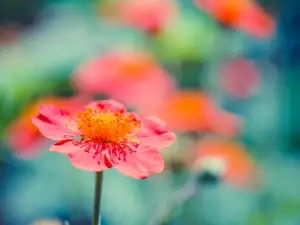
Srewam Avens - up to 80 cm tall and blooms in July-August. Has a yellow-red cup and grows in moist and marshy places. With curative intent, its rhizomes are used
Alpine Avens - has orange flowers and reaches a height of 40 cm, found from 1200 to 1500 m altitude.
Urban Avens - a fuzzy, slightly branched out stem and leaves are serrated. Lower leaves are in the form of a rosette, while the above are stipules. The flowers of this kind of avens are small and yellow, individually placed on top of the stem itself. Avens‘ cup is composed of two rounds of five leaves. Blooms in May-August.
Composition of Avens
The hizome of avens is very rich in starch, dyes, sugars and tannins. It has a pleasant scent of carnations. The chemical composition of the surface part involves essential oils that are rich in eugenol, which is the source of its pleasant smell. They also have about 30% tannins, tannins, glycosides, organic substances, bitter substances, flavonoids. In the above ground part can be found resin, starch, mineral salts, gallic acid and sugars.
Collection and storage of Avens
For medical purposes, people gather the roots and rhizome of Avens. The roots should be drawn in the fall after ripening seeds. The most suitable months are from September to October. It should be dried in the shade or in an oven at temperatures of up to 35 degrees. Properly dried roots should have a brown color, bitter taste and odor, resembling cloves. It is toning, antiseptic and analgesic.
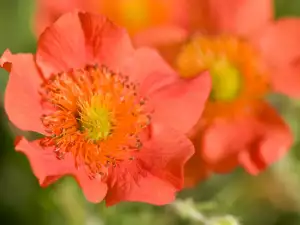
Benefits and application of Avens
The herb has a strong disinfectant and tightening action. It is used in people with digestive disorders, diarrhea, flatulence, hemorrhoids, headache, cough and weakness. It is also useful for people who suffer from anorexia. The herb constricts blood vessels and calms the nervous system. Avens can be used in powder, tincture, wine or tea. The tincture is 10-20 drops taken daily on a sugar cube.
Avens can be combined with other herbs that have anti-inflammatory properties. With regard to its anti-inflammatory properties, its extracts are used for topical application in inflammatory diseases of the external genitalia.
Externally the herb is applied as a compress for inflamed eyelids, or gargle with Arcol for bleeding gums and imposing wounds.
If you want to make a decoction of Avens, soak a tablespoon of chopped roots in 400 ml of boiling water and leave to soak for 2 hours. Then strain and drink the infusion in doses of 100 ml three times daily before meals.
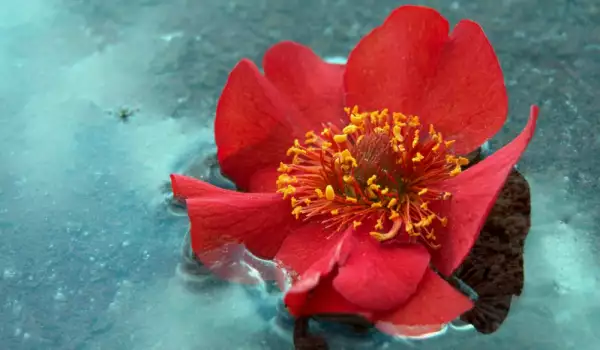
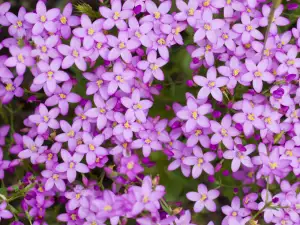

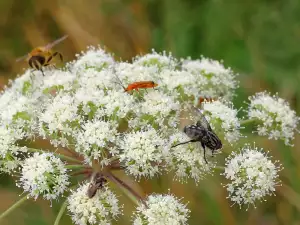
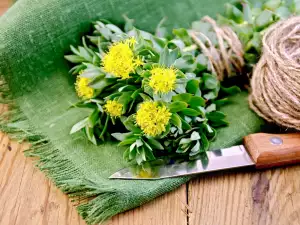
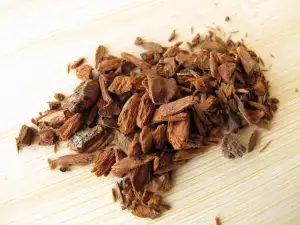
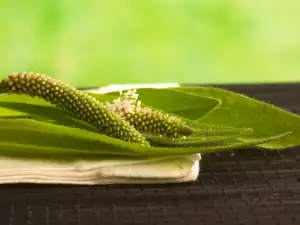
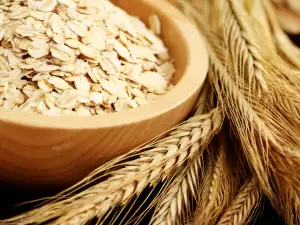
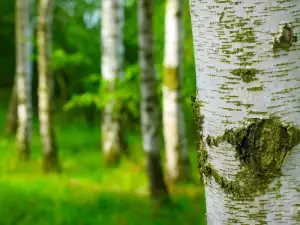
Comments